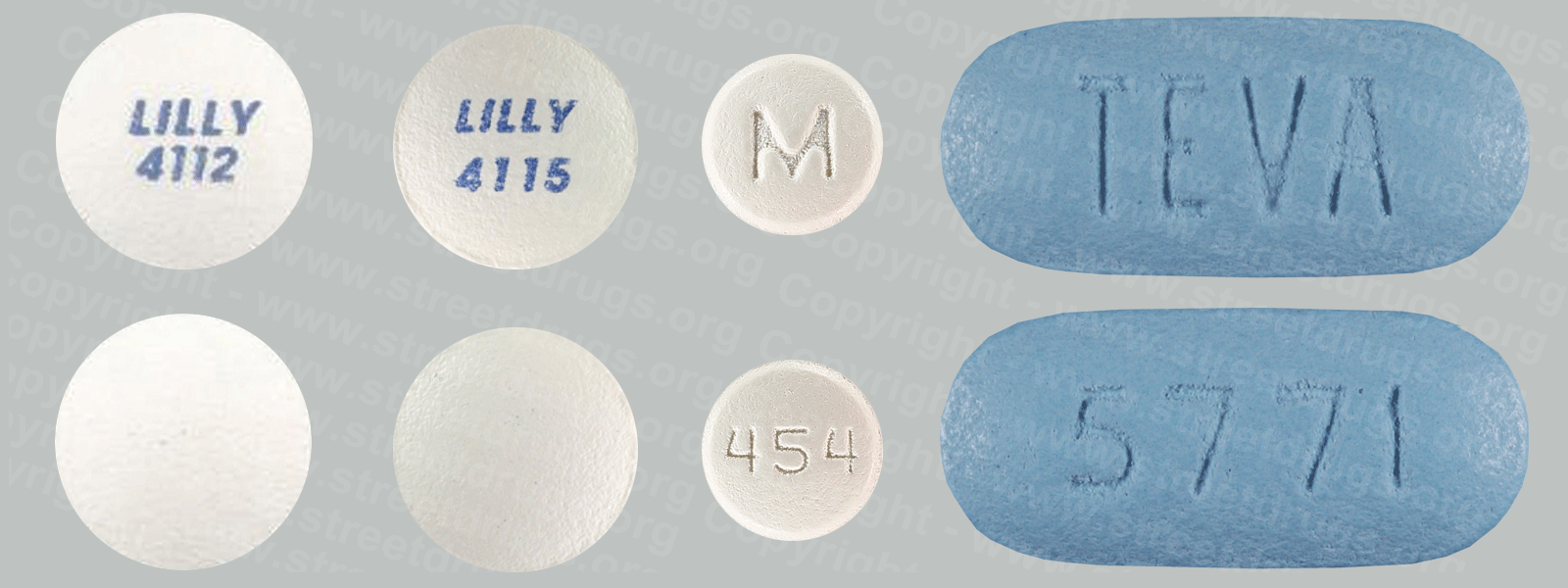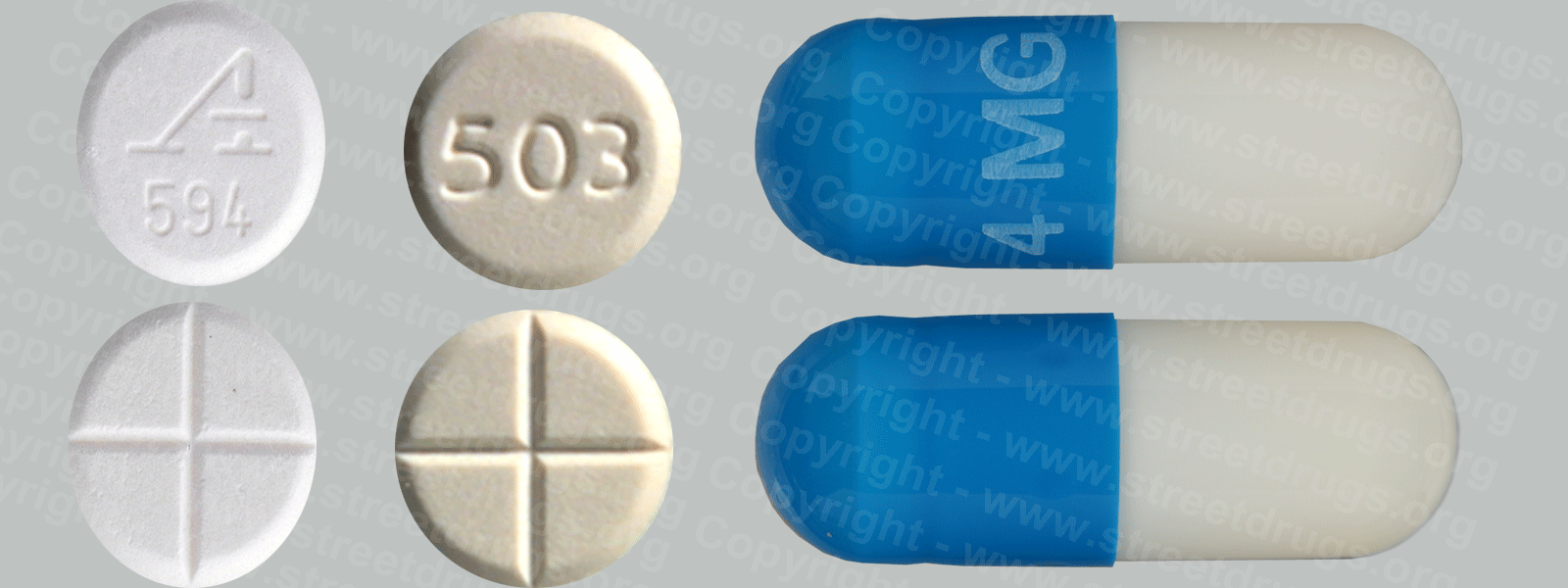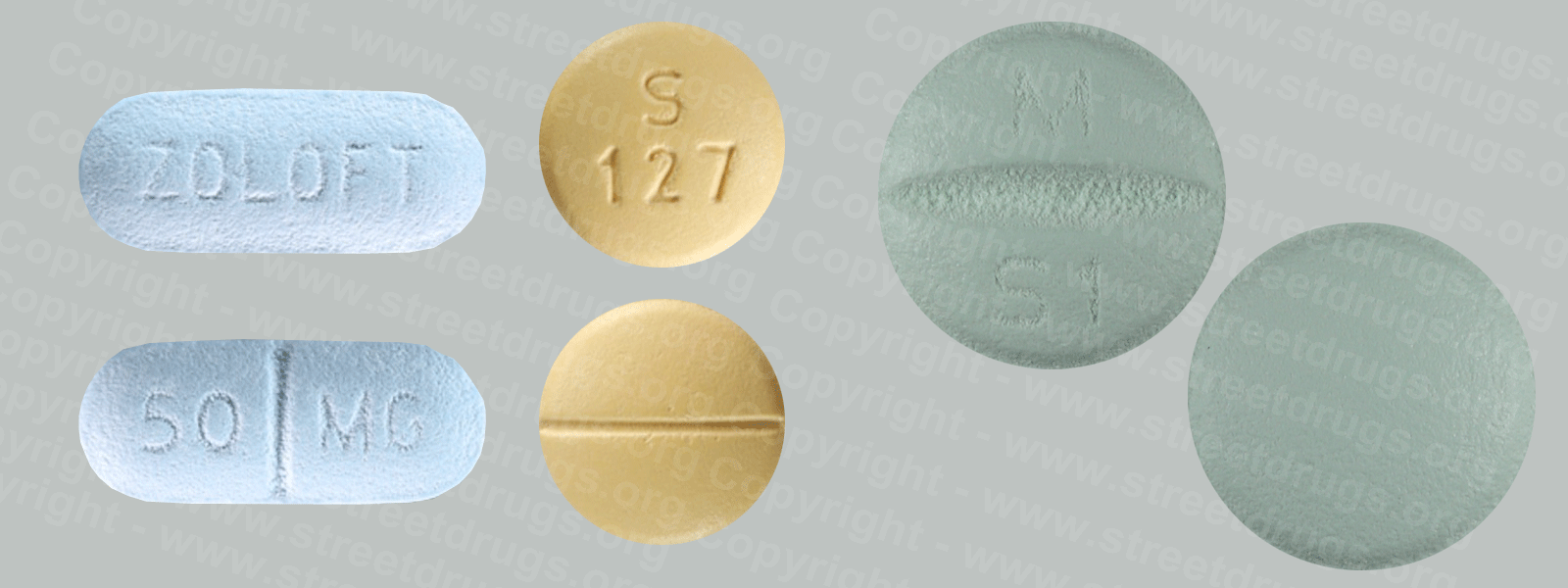Amphetamines
Amphetamine, dextroamphetamine and methamphetamine, are collectively referred to as amphetamines. Their chemical properties and actions are so similar that even experienced users have difficulty knowing which drug they have taken.
Amphetamine was first marketed in the 1930s as Benzedrine in an over-the-counter inhaler to treat nasal congestion. By 1937 amphetamine was available by prescription in tablet form and was used in the treatment of the sleeping disorder narcolepsy and the behavioral syndrome called minimal brain dysfunction (MBD), which today is called Attention Deficit Hyperactivity Disorder (ADHD).
During World War II, amphetamine was widely used to keep the fighting men going; both dextroamphetamine (Dexedrine) and methamphetamine (Methedrine) became readily available.
As use of amphetamines spread, so did their abuse. Amphetamines became a cure-all for helping truckers to complete their long routes without falling asleep, for weight control, for helping athletes to perform better and train longer, and for treating mild depression. Intravenous amphetamine abuse spread among a subculture known as “speed freaks.” With experience, it became evident that the dangers of abuse of these drugs outweighed most of their therapeutic uses. Today, amphetamine is used as an aid in treating narcolepsy, some forms of depression, and Attention Deficit Hyperactivity Disorder (ADHD). Yet, due to its potential for abuse or addiction, other treatment methods are used more frequently.
BRAND NAME AMPHETAMINES: Adderall, Desoxyn, Desoxyn Gradumet, Dexedrine, Dexedrine Spansule and DestroStat.
SIGNS OF AMPHETAMINE OVERDOSE: Symptoms include restlessness, tremors, rapid breathing, confusion, hallucinations, panic, aggressiveness, nausea, vomiting, diarrhea, an irregular heartbeat, and seizures.
WITHDRAWAL EFFECTS: depression, stomach cramps, nausea or vomiting, “the shakes,” tiredness. Amphetamine, dextroamphetamine and methamphetamine, are collectively referred to as amphetamines. Their chemical properties and actions are so similar that even experienced users have difficulty knowing which drug they have taken.
Today, amphetamine is used as an aid in treating narcolepsy, some forms of depression, and Attention Deficit Hyperactivity Disorder (ADHD). Yet, due to its potential for abuse or addiction, other treatment methods are used more frequently.
More information in the Prescription Drug Booklet.
Other Sources:
Club Drugs (National Library of Medicine)
Club drugs are group of psychoactive drugs. They act on the central nervous system and can cause changes in mood, awareness, and how you act. These drugs …
https://www.nlm.nih.gov/medlineplus/clubdrugs.html – Health Topics
Methamphetamine (National Library of Medicine)
Methamphetamine – meth for short – is a very addictive stimulant drug. It is a powder that can be made into a pill or a shiny rock (called a crystal). The powder can be eaten …
https://www.nlm.nih.gov/medlineplus/methamphetamine.html – Health Topics
Dextroamphetamine and Amphetamine
The combination of dextroamphetamine and amphetamine is used as part of a treatment program to control symptoms of attention deficit hyperactivity disorder (ADHD; …
https://www.nlm.nih.gov/medlineplus/druginfo/meds/a601234.html – Drugs and Supplements
Stimulants
Amphetamine (Dyanavel XR, Evekeo) is used as part of a treatment program to control symptoms of attention … are the same age) in adults and children. Amphetamine (Evekeo) is used to treat narcolepsy (a sleep …
https://www.nlm.nih.gov/medlineplus/druginfo/meds/a616004.html – Drugs and Supplements
Stimulants (Nemours Foundation) …
How Can I Help a Friend Who Cuts? Amphetamines Kids Health > For Teens > Amphetamines Print A A A … How Can Someone Quit? Avoiding Amphetamines What Are Amphetamines? Amphetamines are stimulants. They speed up functions in …
kidshealth.org/en/teens/amphetamines.html – External Health Links
Dextroamphetamine
Dextroamphetamine is used as part of a treatment program to control symptoms of attention deficit hyperactivity disorder ( … are the same age) in adults and children. Dextroamphetamine is also used to treat narcolepsy (a sleep …
https://www.nlm.nih.gov/medlineplus/druginfo/meds/a605027.html – Drugs and Supplements
Methamphetamine overdose:
Intoxication – amphetamines; Intoxication – uppers; Amphetamine intoxication; Uppers overdose; Overdose – methamphetamine; Crank overdose; Meth overdose; Crystal meth overdose; Speed overdose; …
https://www.nlm.nih.gov/medlineplus/ency/article/007480.htm – Medical Encyclopedia
Stimulant ADHD Medications — Methylphenidate and -Amphetamines (National Institute on Drug Abuse) and Amphetamines
DrugFacts: Stimulant ADHD Medications: Methylphenidate and Amphetamines Email Facebook Twitter Revised January 2014 Stimulant medications …
https://www.drugabuse.gov/…edications-methylphenidate-amphetamines – External Health Links
Substance use – stimulants
Amphetamines are drugs. They can be legal or illegal. They are legal when they are prescribed by … obesity , narcolepsy , or attention deficit hyperactivity disorder (ADHD). Amphetamines are illegal when they are used without a …
https://www.nlm.nih.gov/…/ency/patientinstructions/000792.htm – Medical Encyclopedia




